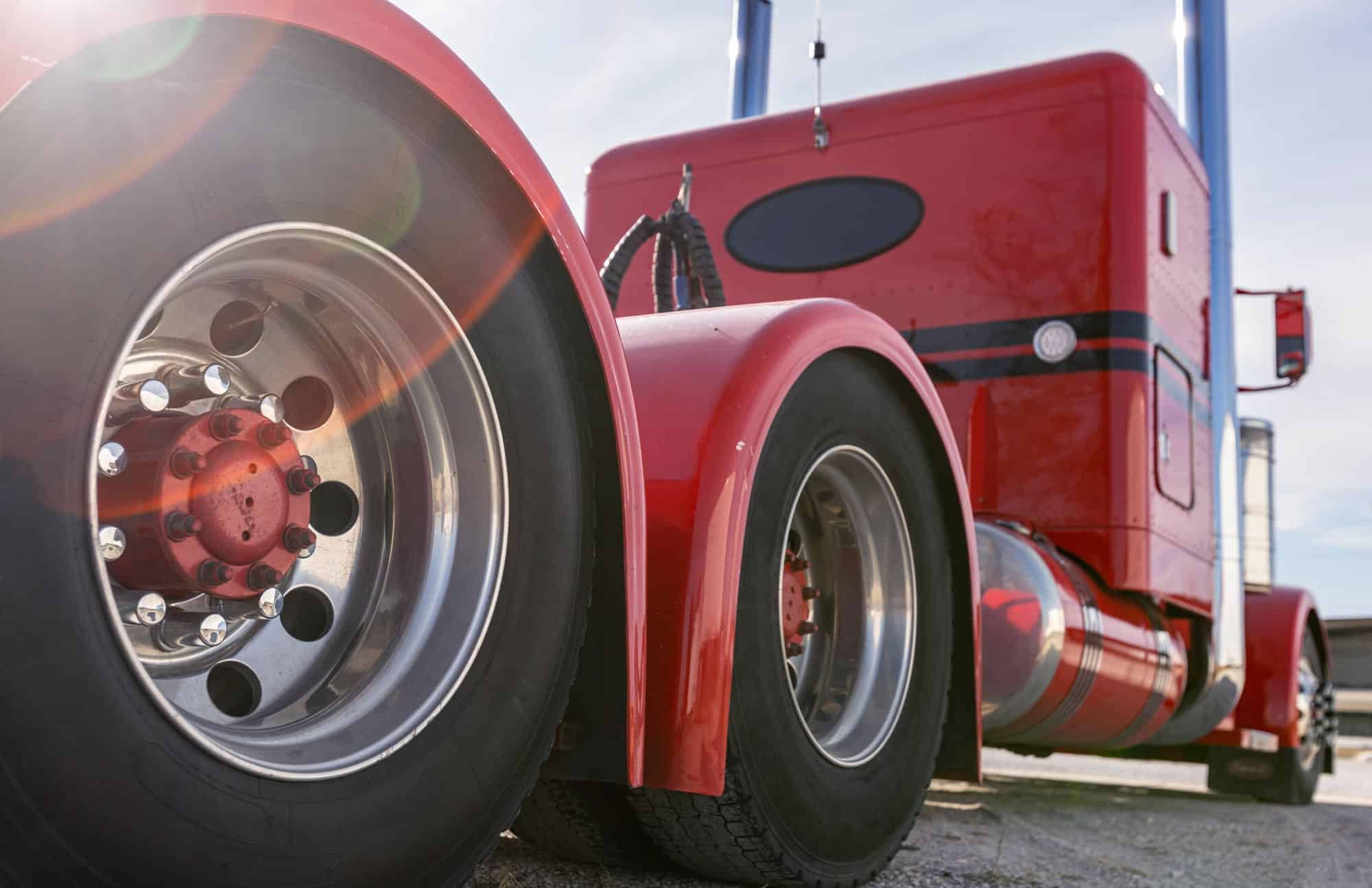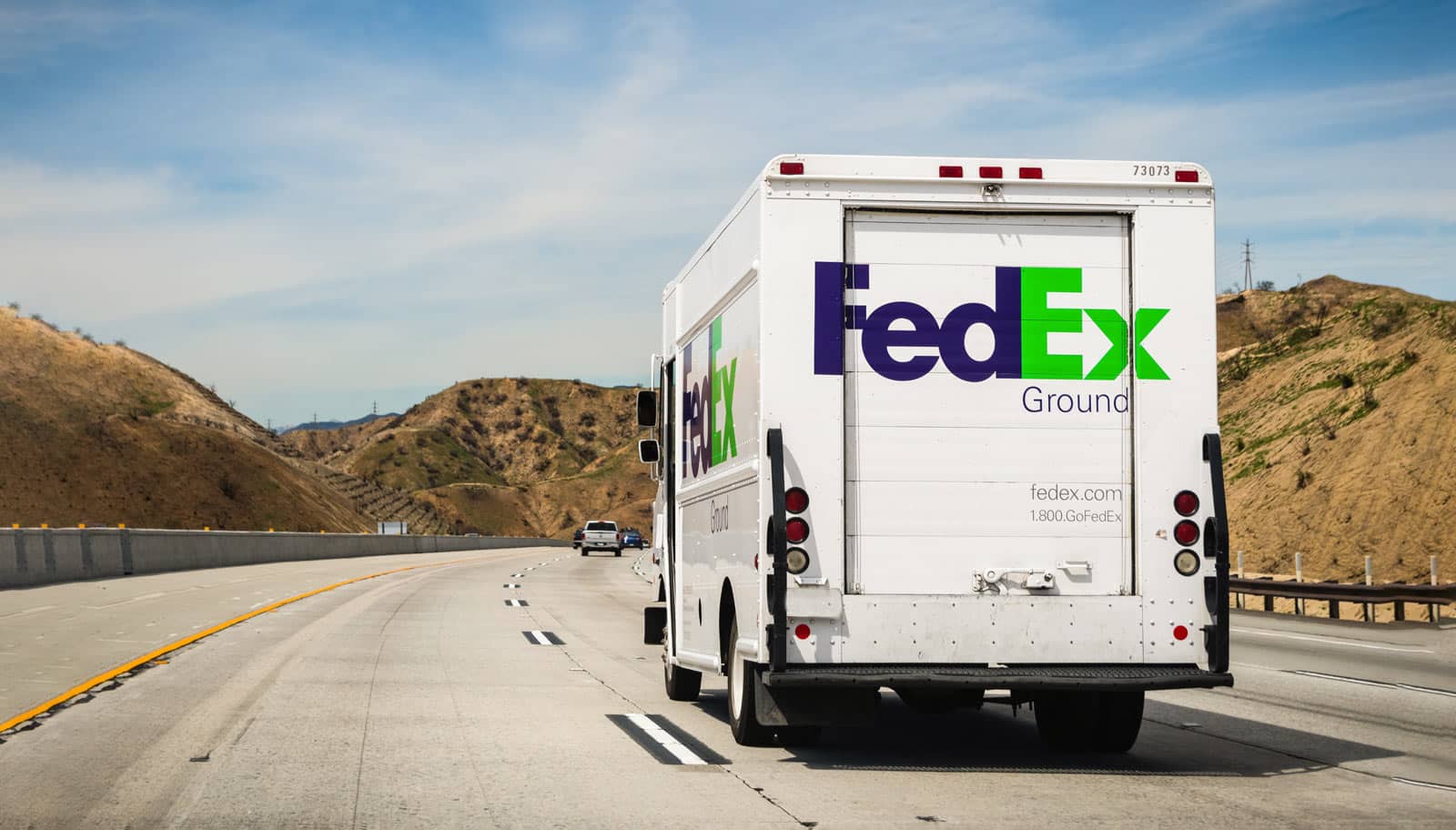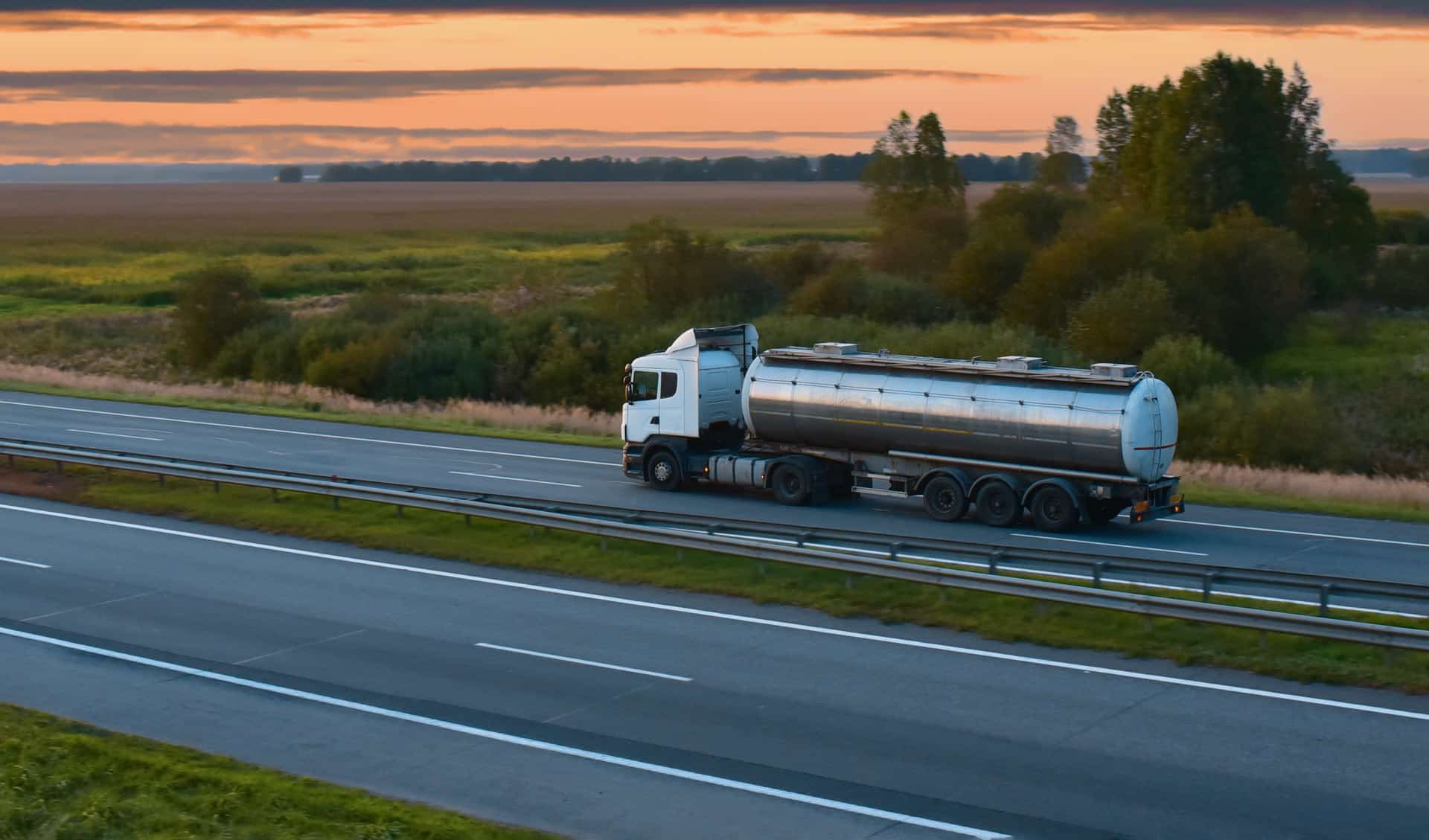
Statistics show the inherent dangers of operating a big rig. New, lax regulation has been passed because of pushback from the trucking industry, which will only compound these dangers and make our roads even more deadly.
Recent months have seen Congress derail a number of safety guidelines as ordered by federal regulators, among them:
- Lowering the minimum age for drivers traveling state-to-state from 21 to 18
- Allowing truck drivers to work 82 hours a week instead of the currently mandated 70 hours over eight days. The plan to accomplish this calls for suspending a rule that drivers take a 34-hour rest break over two nights to restart their work week.
Even though the statistics show a 17 percent increase in trucking-related fatalities from 2009 to 2013, big business is trumping highway safety. Safety devices that are now practically standard in cars such as electronic stability control, anti-lock brakes, and airbags have attributed to a 3 percent drop in car deaths over the same period. The trucking industry has resisted adoption of these safety devices, primarily to cut costs. For example, only 3 percent of Class 8 trucks, the class including tractor-trailers, has any version of collision-avoidance technology. The CDC estimates that 14 percent of long-haul truck drivers don’t even use a seat belt on every trip. The dangers of these lax regulations aren’t just for those in cars on the road, but for those driving the trucks too.
The resistance to safety-rule changes is likely due to trucking companies looking out for their bottom line. The industry assumes the increasing costs of mandating these safety changes will cut into their profits, raise rates for shippers, and (they say) increase costs for consumers. But what are the costs if we don’t take action? According to the CDC, the estimated annual cost to the economy because of truck and bus crashes is $99 billion. So what’s the industry’s solution to solve this safety problem? The American Trucking Association says longer work weeks and bigger vehicles are needed to reduce the number of overall trucks on the road, which, in turn, will result in less accidents. Despite evidence to the contrary, Congress apparently agrees.
A pending highway bill (H.R. 22), currently stalled because of disagreements between the House and Senate, has a number of provisions tucked within it that are there for the exclusive benefit of the trucking industry. (If you are curious, check out the section here on regulatory reform.) In recent years, Congress has repeatedly failed to adopt any comprehensive highway funding bill and has relied instead on temporary extensions, like the one adopted in July, to keep our federal road construction program moving.
While one cannot deny the importance of the trucking industry to our nation’s economic growth and stability, we need to do something that shows the industry that we also value the safety of the American public. Congress needs to develop a comprehensive highway bill that ensures safety regulators can not only do their job, but that also show the trucking industry where the true costs of loosened trucking regulations lie.
References
Abramson, H. (2015, August 21). The trucks are killing us. The New York Times. Retrieved from http://www.nytimes.com/2015/08/22/opinion/the-trucks-are-killing-us.html?_r=0
Centers for Disease Control and Prevention. (2015, March 3). Crashes are the leading cause of on-the-job death for truck drivers in the US. CDC. Retrieved from http://www.cdc.gov/media/releases/2015/p0303-truck-driver-safety.html
DRIVE Act, H.R.22, 114th Congress (2015-2016). Retrieved from https://www.congress.gov/bill/114th-congress/house-bill/22/text?q={%22search%22%3A[%22%22hr22%22%22]}&resultIndex=1#toc-id6253CDCB7A344A63BBAA11504B978A93








